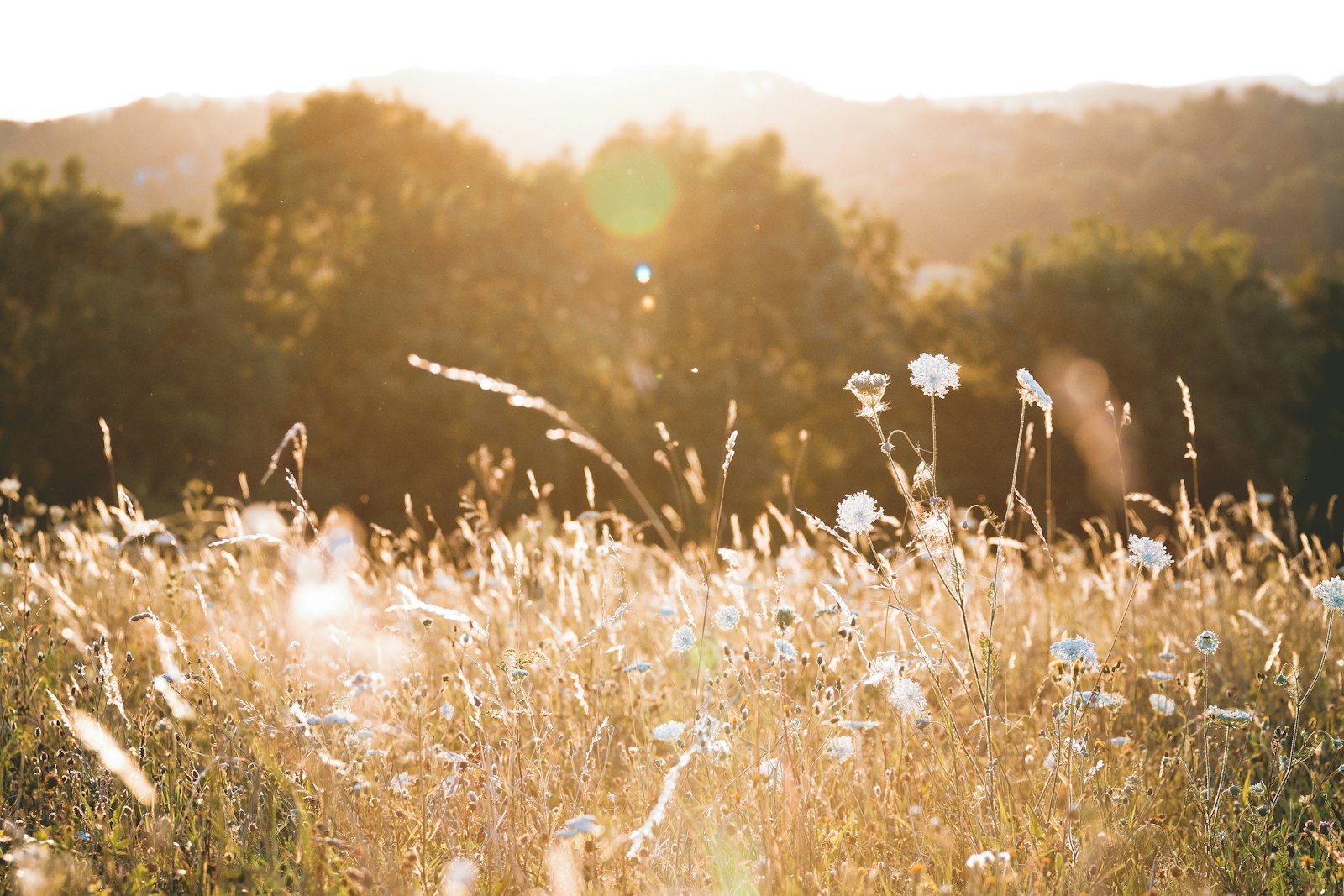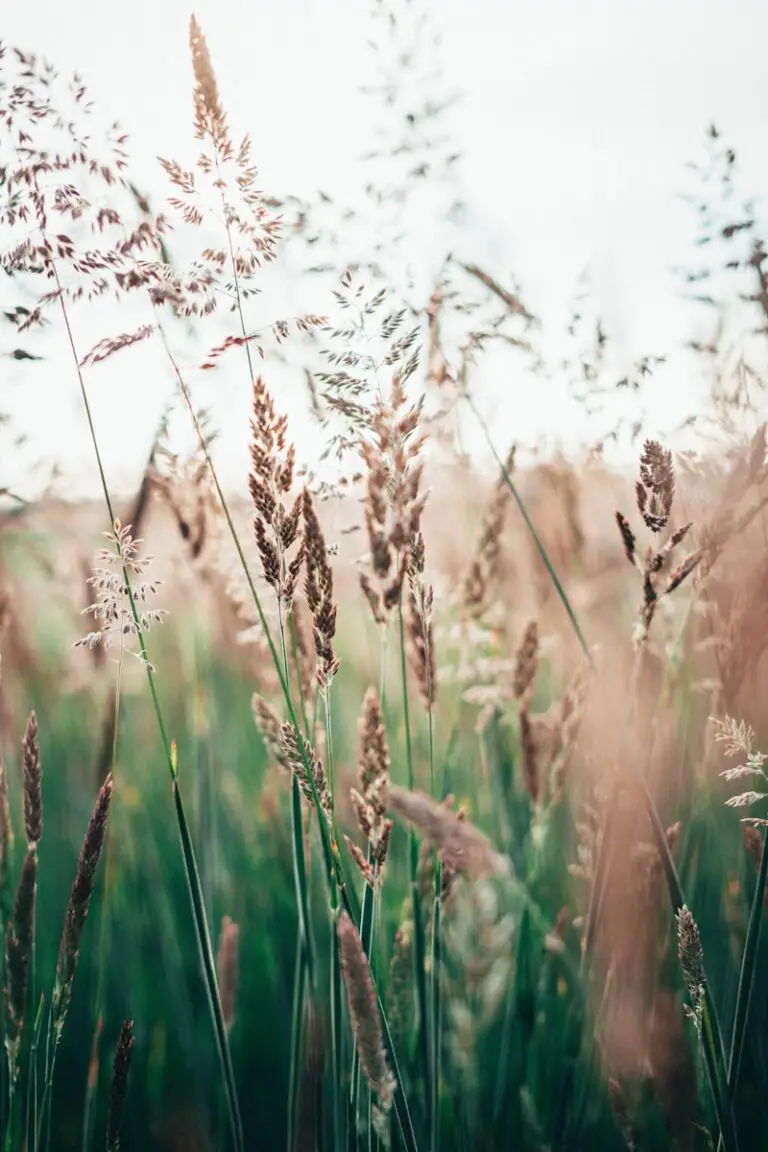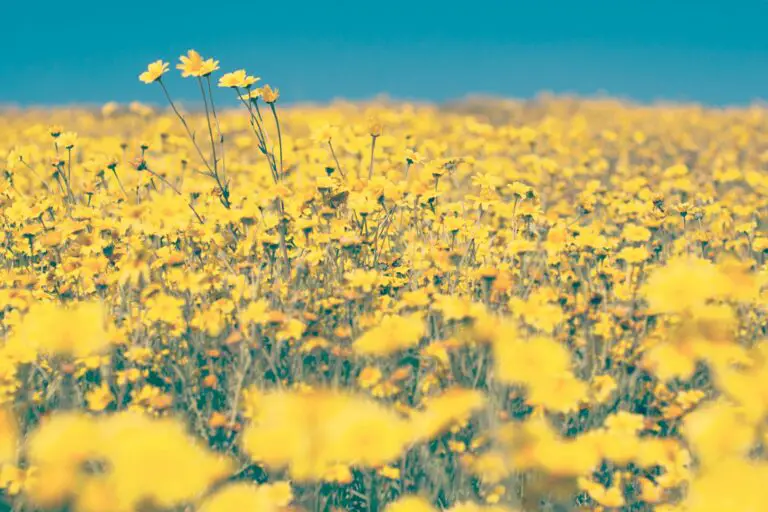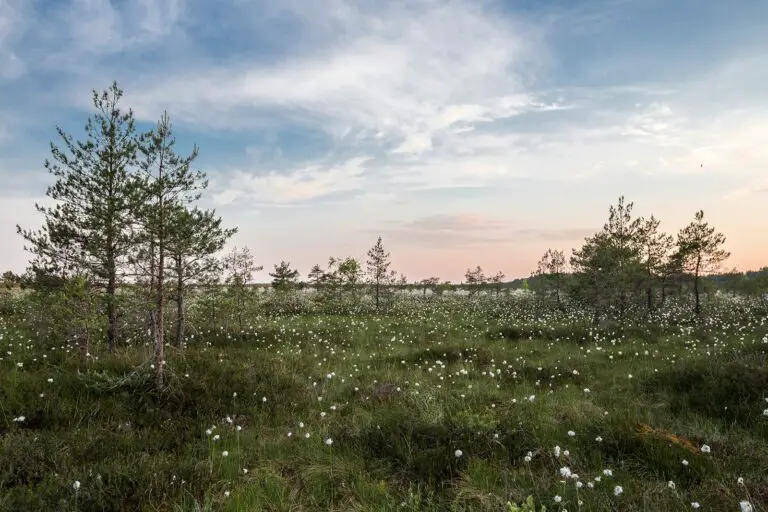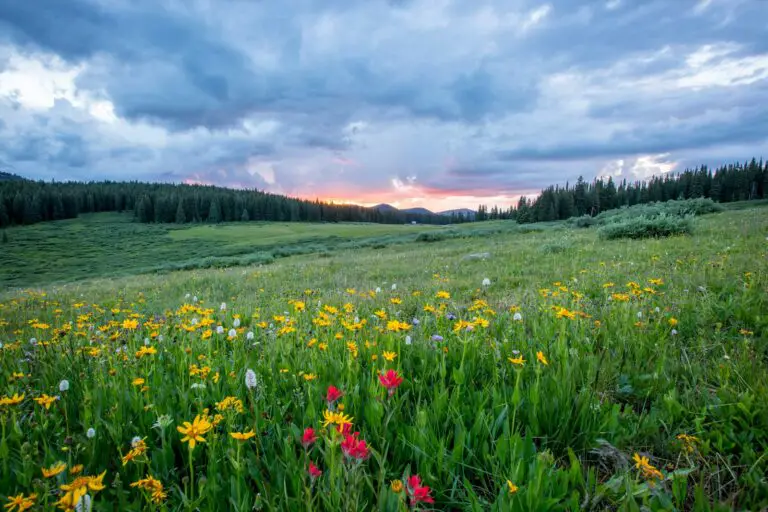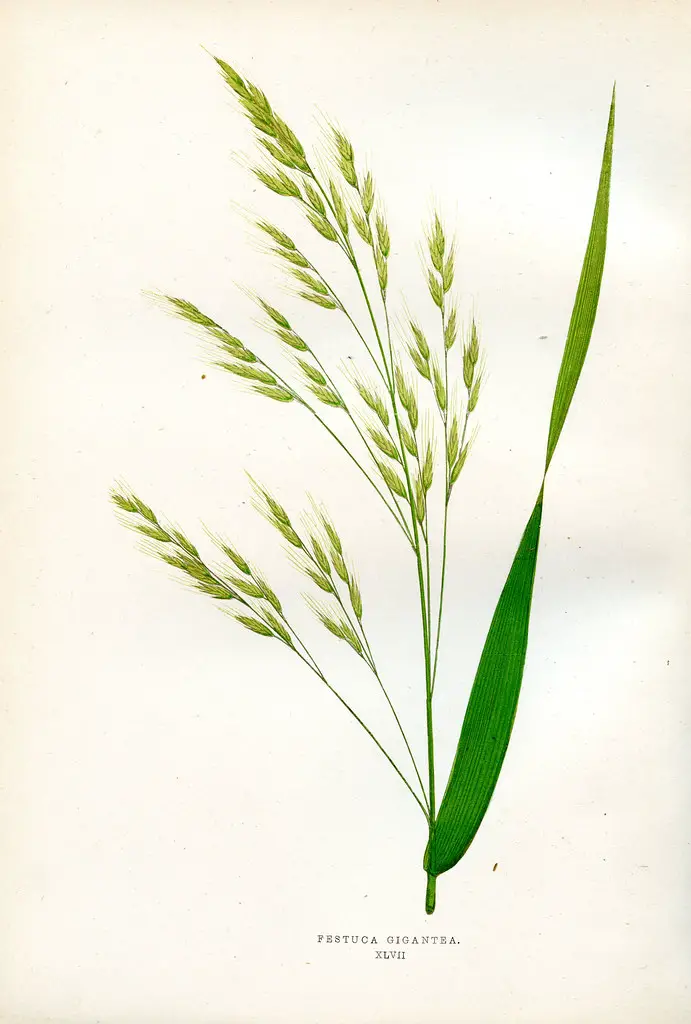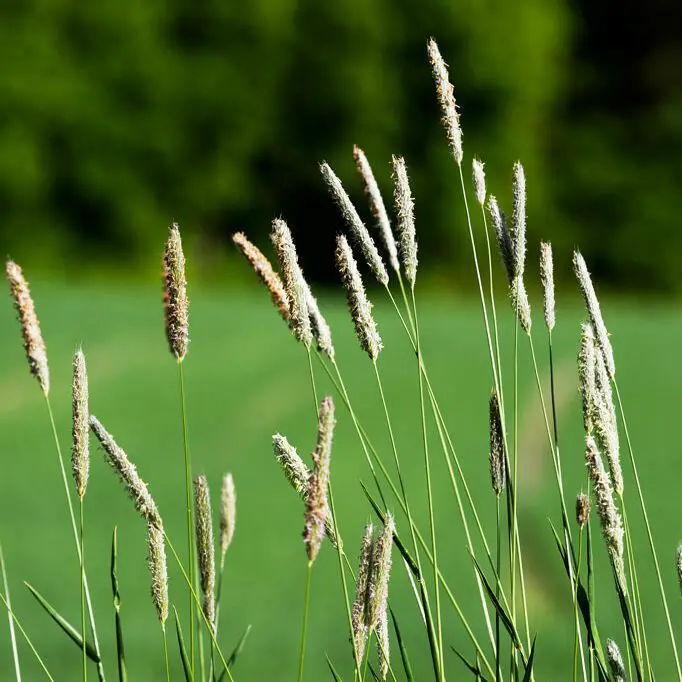Kentucky Bluegrass: Transforming Gardens into Verdant Masterpieces for Enthusiastic Gardeners
Kentucky Bluegrass, the quintessential turfgrass of American lawns, has charmed gardeners for decades with its soft texture, vivid green color, and sprawling beauty. What makes this grass variety stand out? Across the United States, from the Bluegrass Region of Kentucky itself to the suburbs of major cities, gardeners have turned to Kentucky Bluegrass to elevate their green spaces. In this comprehensive guide, we’ll explore why this grass variety is a staple in gardening, offer insights into its cultivation and maintenance, and inspire you with creative ways to use it in your own garden designs.
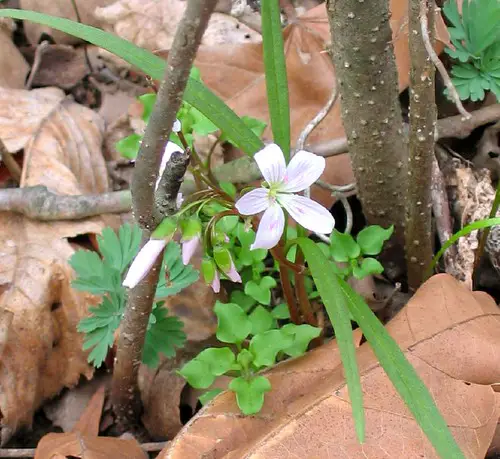
Benefits of Kentucky Bluegrass in Your Garden
Lush Appearance
There’s something inherently luxurious about the appearance of Kentucky Bluegrass. Beyond its natural appeal, it creates a soft carpet that is inviting to feet and eyes alike. The lush blades of grass easily blanket the ground, fostering a cool, restful atmosphere.
Durability and Resilience
Kentucky Bluegrass is not only a pretty face; it’s also known for its ability to withstand heavy use and traffic, making it an excellent choice for high-activity areas in your garden. It can bounce back impressively from wear and tear, maintaining its uniform coverage.
Low Maintenance
Gardeners love a plant that can thrive with a light touch, and Kentucky Bluegrass delivers. While this species does need some care, it’s far from demanding. A well-established lawn can withstand droughts and needs minimal fertilizer to keep its rich color.
Planting and Maintenance Tips for Kentucky Bluegrass
Best Practices for Planting
The best time to plant Kentucky Bluegrass is in the fall when the soil is warm and moisture levels are higher. Choose a seed blend that suits your climate and soil conditions, and prepare the area by removing all debris and loosening the topsoil.
Spread the seed evenly, and ensure good soil-to-seed contact by gently raking the area. Lightly water the seeds and keep the soil consistently moist until germination, which typically takes two to three weeks. Ensure that you don’t overwater, as this can lead to disease in the new sprouts.
Watering, Fertilizing, and Mowing Guidelines
After the initial establishment phase, Kentucky Bluegrass should be watered deeply but infrequently. This encourages a deep root system, which is crucial for drought tolerance. Fertilize in the spring and fall with a balanced fertilizer to keep the grass healthy.
Mow Kentucky Bluegrass to a height of around 2.5 to 3 inches. Never remove more than one-third of the blade length in a single mowing session to prevent stress on the grass. Keeping the grass at this height will also help to shade the soil, reducing water needs and minimizing weed growth.
Design Ideas with Kentucky Bluegrass
Incorporating Kentucky Bluegrass in Different Garden Styles
Whether your garden is contemporary, formal, or natural, Kentucky Bluegrass can adapt to enhance the existing style. In a formal garden, use neat edges to define the lawn, while in a more naturalistic design, create meandering pathways through the grass for an inviting allure.
Creating Visual Interest with Landscaping
Incorporate flower beds, trees, or shrubs into your Kentucky Bluegrass lawn to create focal points and add visual interest. Pathways made from various materials can lead the eye and the visitor through the garden, providing a delightful and varied experience.
Seasonal Care and Management of Kentucky Bluegrass
Spring
Spring is a busy time for Kentucky Bluegrass. Aeration and dethatching can help it breathe and grow vigorously. Apply a slow-release fertilizer to support the rapid growth, and adjust your watering schedule as necessary to accommodate the return of warmth and rain.
Summer
Maintaining Kentucky Bluegrass in the summer involves adjusting your watering routine to support the grass during the warmer months. Avoiding peak sun hours for watering, usually during the early morning, helps reduce evaporation and ensures the grass gets the most benefit.
Fall
The moderate temperatures in the fall make it the perfect time for overseeding any bare spots in your lawn. A light, balanced fertilizer application early in the season can help the grass store nutrients for the winter.
Winter
Winter care is about preparing your Kentucky Bluegrass for the dormant season. Keep leaves and debris off the lawn to prevent mold and disease. Applying lime to the soil can help maintain a balanced pH and ensure your grass thrives come spring.
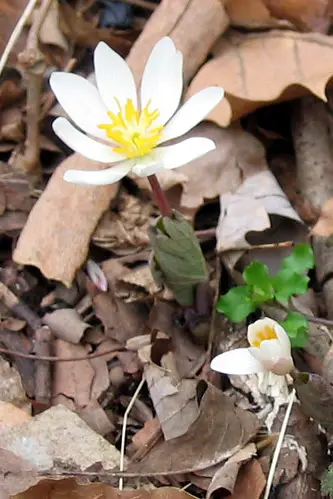
Conclusion
Kentucky Bluegrass is not only a celebrated choice for sports fields and extravagant estates—it’s a grass that can grace any garden with its enduring charm and adaptability. The benefits of its lush appearance, resilience, and low maintenance make it a natural choice for any gardener looking to create a green oasis.
By following the planting and maintenance tips we’ve outlined, and with a touch of creative design, you can harness the power of Kentucky Bluegrass to transform your garden into the verdant masterpiece you’ve always envisioned. Take the leap and discover the timeless beauty that Kentucky Bluegrass has to offer. Your garden will thank you.

